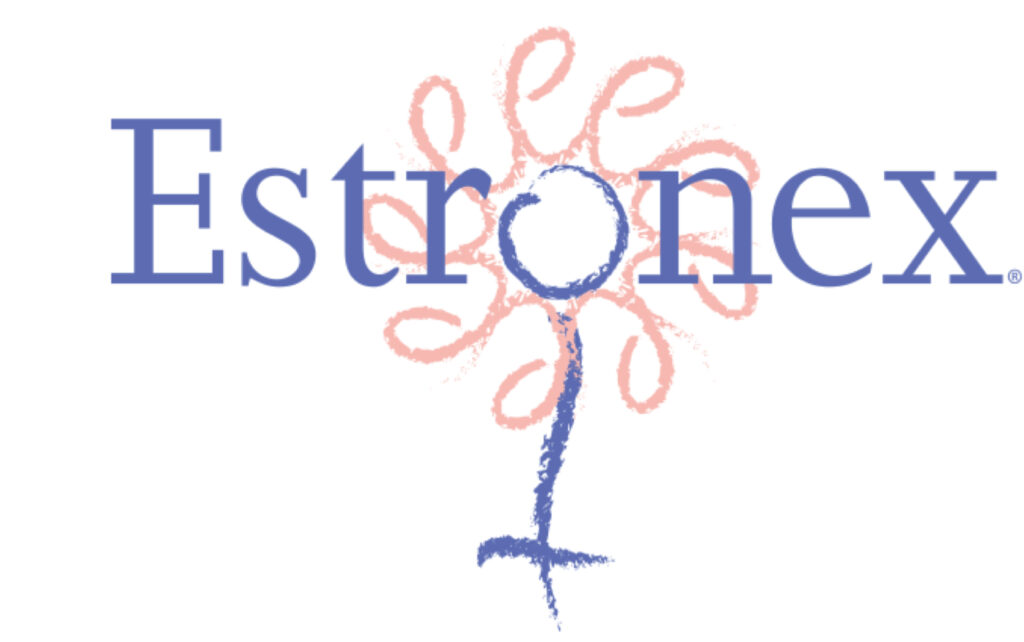Women’s Health
Low Libido Lessens Love Life
Just about the time that life starts getting interesting, just when you get to the point that you are making a real salary, in a good job, and the kids are half grown or even fully out of the house, you start feeling sluggish and tired and even a little low in the spirit. Are you catching the flu or something? A question you ask yourself every other day or even more often as you watch you energy levels decrease and your sex drive take a dive.
If you are experiencing a loss of interest in your intimate activities, it is time to have your hormones tested for hormone deficiencies. Hormone deficiencies, such as low testosterone, low estrogen, DHEA, growth hormone, and oxytocin can cause the desire for intimacy to wane. In addition, there are other symptoms of low hormone levels: decreased energy, forgetfulness, thinning hair, exceedingly dry skin, erectile dysfunction, and mid abdominal weight gain (the pot belly appearing out of nowhere).
For women, additional symptoms include hot flashes, night sweats, confusion, depression and loss of memory. Mood swings, anxiety, bone loss, and fatigue are also common symptoms that occur with hormonal shifts. In addition, insomnia and vaginal dryness contribute to the issues surrounding improper hormone levels in the body. What a relief to know that these unpleasant symptoms can be resolved by a caring physician administering the proper hormones.
Testing for hormone deficiency is a simple process that involves a routine blood draw. It takes 1 or 2 weeks to get the results back but this will provide evidence that your sexual issues are biological and not just in your head. These issues can be resolved with the balancing your hormones by the use of hormone replenishment. The process takes some time as the body needs to be recalibrated, but in doing so, one will find that other issues such as poor sleep, low energy, moodiness, low motivation, weight issues, poor memory will improve. Whichever the case for your body, be assured the hormone replacement therapy for men and women produce life altering results.
For men, an addition of testosterone will mean increased muscle mass, increased endurance, increased sexual drive, and increased sexual function sometimes within just a few weeks. For women, the dry skin and decreased sexual drive will disappear, to be replaced by glowing skin and an increased desire for intimacy. Sexual relations will be much more satisfying for both parties with increased libido and sexual function. The frustration of vaginal dryness and diminished erections will be gone; instead a new vigor and energy will return to your love life.
Depleted hormones are a natural part of the aging process, influenced but also independent of diet, stress, or exercise. As we reach 30, the body’s production DHEA, estrogen, testosterone, growth hormone, and oxytocin naturally decline. To keep the energy and libido flowing, it is necessary to reintroduce hormones back into the bloodstream and into their proper function in the body.
At Rejuve, we offer counseling and testing to determine the right proportion of hormone therapy for your personal situation. We will meet with you for a private conversation about how our products and professional services can satisfy your medical needs. Call our office today and schedule a free 30-minute consultation. Everyone’s situation is unique and so our program is tailored to fit your own issues and hormone levels. As always, our services are confidential and discreet. You can trust us with your sexual health and well being.

The Estronex Profile measures six important estrogen metabolites and their ratios to help women, and even men, assess whether he or she is at risk of developing estrogen sensitive cancers.
Estrogen sensitive cancers include uterine, ovarian, cervical, prostate, and even head and neck cancers. According to the American Cancer Society, an estimated 192,370 new cases of invasive breast cancer are expected to occur among women.
In the US during 2009 about 1,910 new cases are expected in men. Avoid chances of becoming a statistic and assess estrogen levels and decrease risk with the Estronex Profile.
The Estronex Profile measures six important estrogen metabolites and ratios, including:
- The “Good” Estrogen
- 2-hydroxyestrone (2-OHE1) – high levels of 2-OHE1 are ideal to reduce cancer growth
- 2-hydroxyestradiol (2-OHE2) – shown to exhibit anti-carcinogenic effects
- 2-methoxyestrone (2-OMeE1) – OMeE1 has shown to have anticancer effects and is ideal in high levels
- 4-methoxyestrone (4-OMeE1) – as a non-cancerous metabolite, OMeE1 generally does not require treatment at high levels in the body
- The “Bad” Estrogen
- 4-hydroxyestrone (4-OHE1) – considered a “bad” estrogen, 4-OHE1 levels should be low, as high levels may react negatively with damaged DNA
- 16-α-hydroxyestrone (16α-OHE1) – also considered a “bad” estrogen, 16α-OHE1 in high levels may encourage tumor development
- 2-OHE:16α-OHE1 (2:16 ratio) – 2:16 ratios less than 2.0 indicate increasing long-term risk for breast, cervical, and other estrogen sensitive cancers. Importantly, nutritional interventions can help raise Estronex 2:16 ratios and decrease long-term risk. Studies also indicate that this risk is modifiable!
- 2-OHE1:2-OMeE1 – a high level of 2-OHE1:2-OMeE1 may also indicate imbalanced estrogen metabolism and low activity in the COMT gene. Evaluation of methylation activity is recommended.
Advantages of the Estronex Profile:
- An easy-to-collect first-morning urine specimen; no blood draw is necessary!
- Cost-effective method to assess estrogen metabolism allowing clinicians to retest often to monitor therapy in patients.
- Easy to incorporate into a breast cancer prevention program.
- Ideal for men to evaluate risk of breast and prostate cancer.

Dr. Tang and Dr. Travis Stork of The Doctors
Estronex Test to prevent Breast Cancer
*The above pictures are actual patients but the individual results will vary and these results may not occur in all patients.
